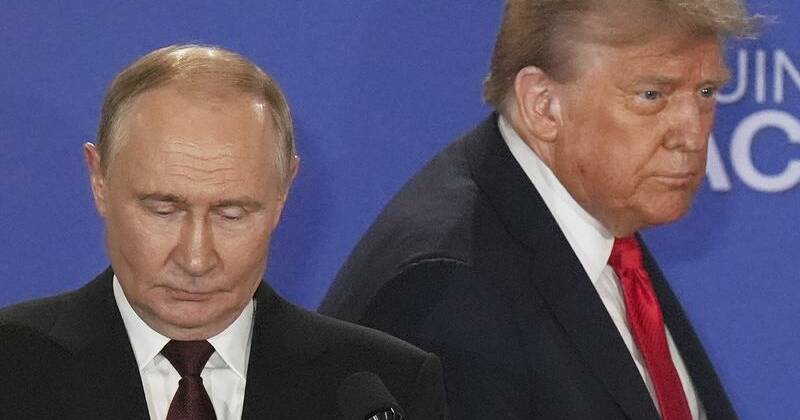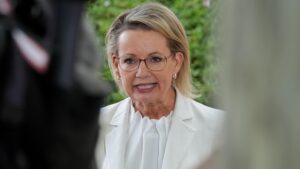
Donald Trump concluded a summit with Vladimir Putin in Alaska on March 15, 2024, without securing any agreement to end Russia’s ongoing war in Ukraine. The meeting, held at Joint Base Elmendorf-Richardson, was Trump’s significant attempt to address the conflict, which has resulted in substantial loss of life and disruption across the region. Following the talks, Trump stated, “There’s no deal until there’s a deal,” highlighting the lack of concrete outcomes despite optimistic statements from both leaders.
During the summit, Putin claimed that they had reached an “understanding” regarding Ukraine, while cautioning European nations against undermining any potential progress. In response, Trump indicated he would brief Ukrainian President Volodymyr Zelenskiy and European leaders about the discussions, although Zelenskiy was notably absent from the meeting. This exclusion has raised concerns that Trump may not be adequately prioritizing Ukraine’s interests in the negotiations.
For years, Trump has expressed reservations about American support for Ukraine and has shown admiration for Putin. His administration had previously stalled some military assistance to Kyiv, and during the meeting, Trump attempted a dual approach by threatening economic sanctions while simultaneously extending a warm welcome to Putin. The outcome, however, left many observers questioning the effectiveness of his strategy, as he left without achieving any significant pause in hostilities, even as Russian forces continue to gain ground.
Both leaders had diverging objectives: Trump aimed to demonstrate his deal-making prowess, while Putin sought to solidify Russia’s territorial gains and undermine Ukraine’s aspirations to join NATO. Trump described their discussions as “extremely productive,” mentioning that they agreed on many points, yet acknowledged they did not reach a final resolution on the most significant issues at hand.
Putin characterized Trump’s understanding of Russia’s national interests as a positive sign, and he expressed hope that the meeting would pave the way for improved relations between the United States and Russia. He stated, “I expect that today’s agreements will become a reference point not only for solving the Ukrainian problem, but will also mark the beginning of the restoration of businesslike, pragmatic relations between Russia and the US.”
Despite the lack of breakthrough, Trump concluded his remarks by thanking Putin, suggesting future discussions, and even entertaining the idea of a meeting in Moscow, which he acknowledged might attract criticism. Their warm handshake and camaraderie during the summit contrasted sharply with the ongoing conflict in Ukraine, leaving many observers, including Zelenskiy and European leaders, wary of Trump’s intentions.
The summit’s aftermath has sparked a renewed dialogue about the future of US-Russia relations and the ongoing war in Ukraine. As the conflict enters its fourth year, the stakes remain high for all parties involved, with the potential for further military and humanitarian implications as discussions continue without tangible resolutions.






